Dhaka, the capital of Bangladesh, is currently experiencing a grave issue of air pollution. According to the Air Quality Index recorded at 9:15 a.m. on Saturday February 3rd. it is the most polluted city worldwide. With an AQI reading of 274, Dhaka's air quality is significantly unhealthy. This problem, intensified in the colder months, is partially alleviated during the wet season.
After Dhaka, China’s Shenyang, Myanmar’s Yangon and Pakistan’s Karachi occupied the second, third and fourth spots in the list, with AQI scores of 181, 177 and 172, respectively.. Based on the Air Quality Index report, 101 to 200 on the AQI scale is categorized as 'unhealthy,' specifically for individuals with sensitivities.
On the other hand, a reading of 201 to 300 is labeled as 'poor,' indicating a significant decline in air quality. Moreover, if the AQI hits 301 to 400, it crosses the line into the 'hazardous' range, posing grave health dangers to the residents. The Air Quality Index (AQI) in Bangladesh is assessed based on five contaminants, namely PM10, PM2.5, nitrogen dioxide (NO2), carbon monoxide (CO), sulfur dioxide (SO2), and ozone.
The current PM2.5 level in Dhaka surpasses the guideline value set by the World Health Organization (WHO) by a staggering 53-fold. On a global scale, the World Health Organization has identified air pollution as the cause of 7 million deaths every year. This widespread issue presents significant health hazards such as stroke, cardiovascular diseases, Chronic Obstructive Pulmonary Disease (COPD), lung cancer, and respiratory infections. The metropolis of Dhaka and its adjacent urban areas are confronted with identical issues concerning air quality contamination.



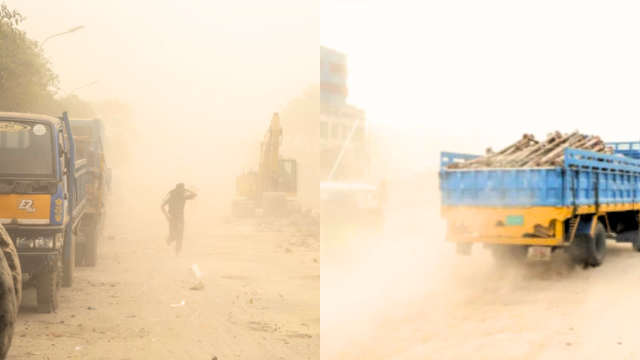
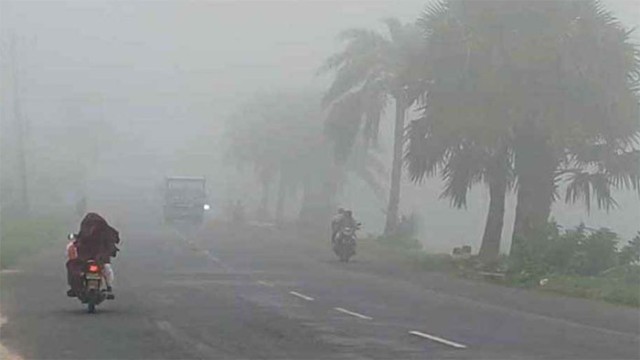
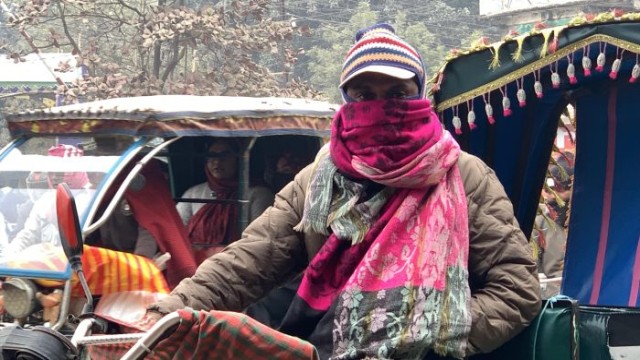
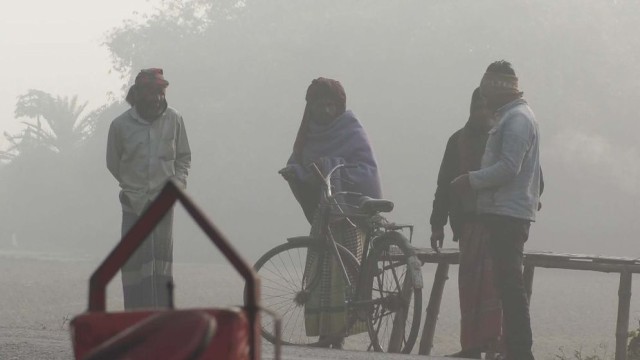
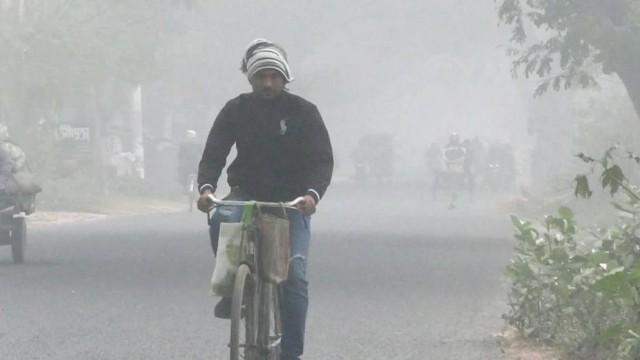

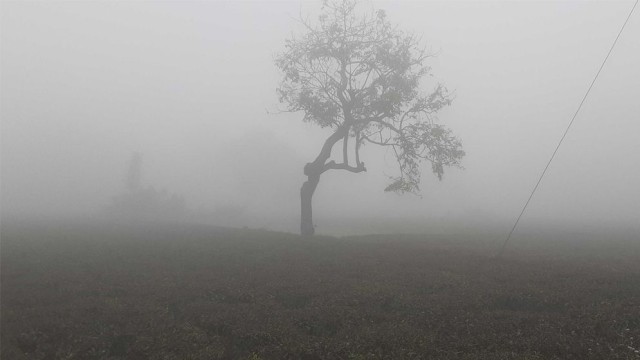








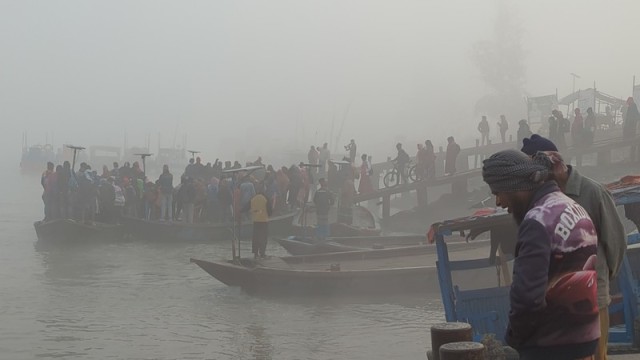



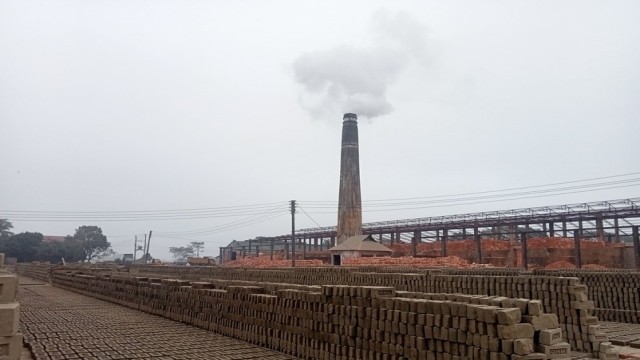
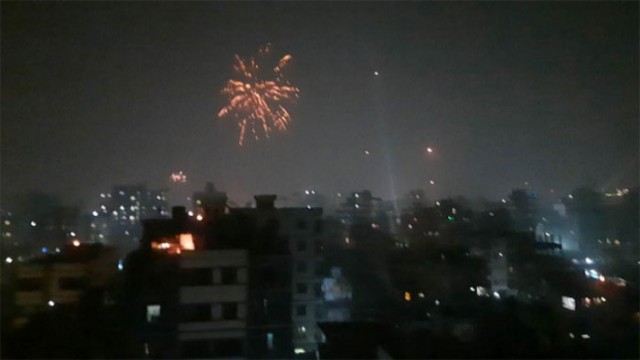



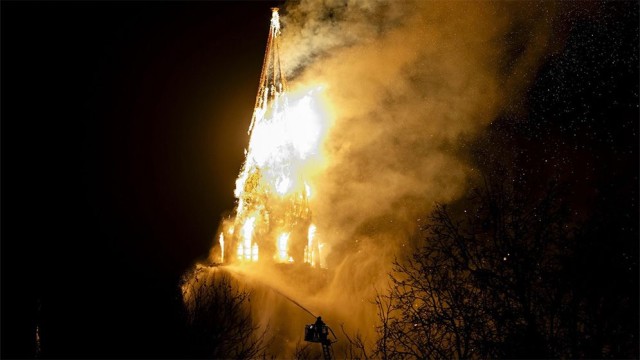

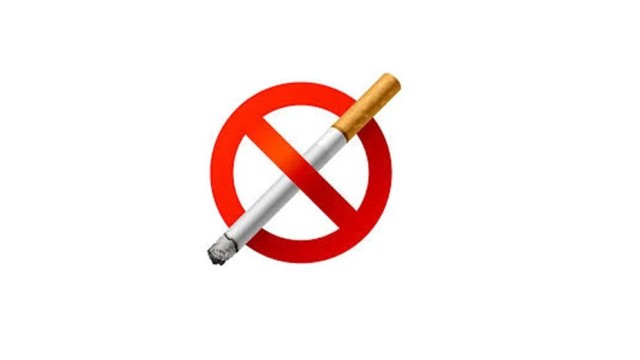
Comment: